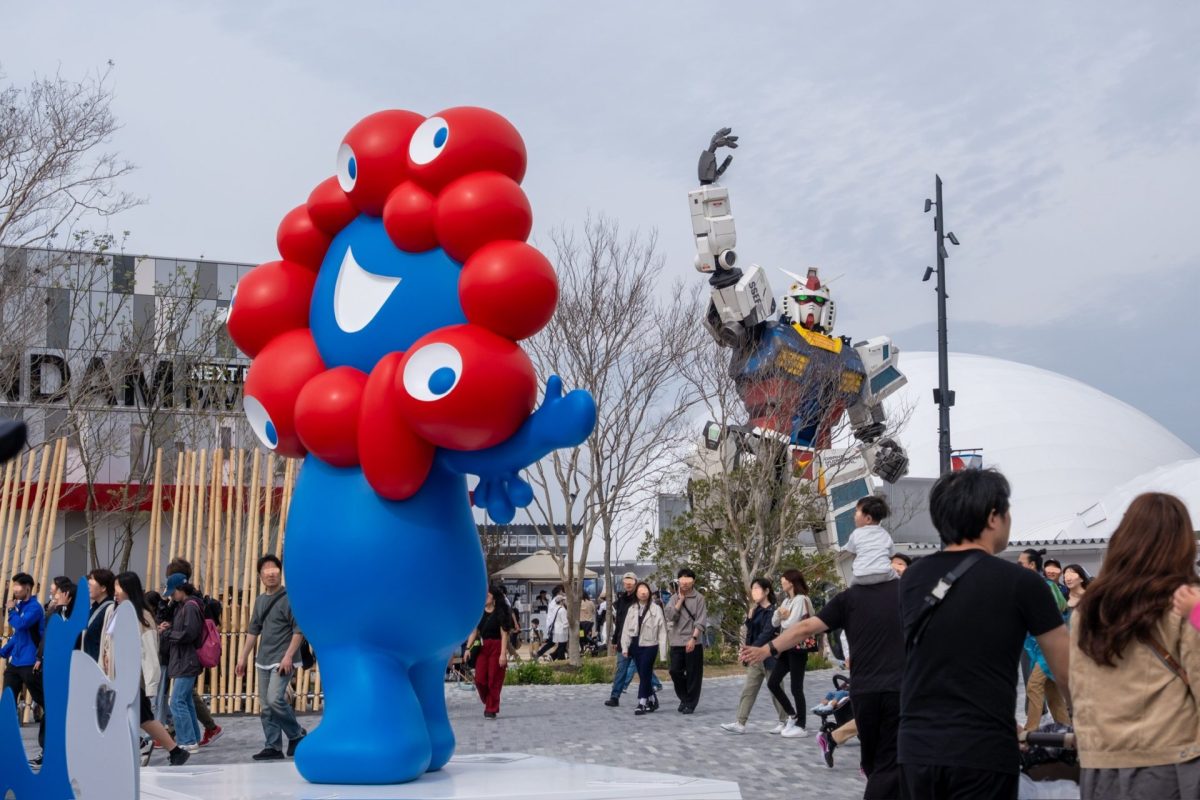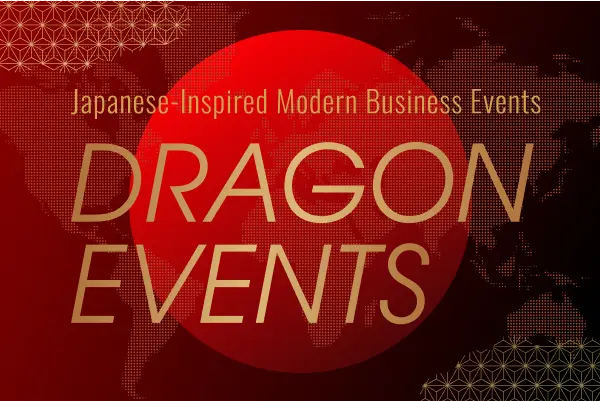Report: EXPO 2025: Osaka, Kansai, Japan
Hello, this is Aketo from Tokyo. Today, I would like to report on how tremendous the EXPO is from my point of view.

Purpose to go to the EXPO 2025 as an assistant producer.
There were three main objectives for our visit to the Expo.
First, to gain fresh inspiration for emotionally impactful events. At Global Produce (GP), we place great importance on creating memorable emotional experiences through events, often leveraging the latest in cutting-edge technology. The Expo, with its wide array of exhibits from countries, companies, and organizations around the world, provided a valuable opportunity to explore new creative ideas.
Second, to study the latest examples of sustainable event practices. Designing events with consideration for “people, society, and the planet” has become an essential theme in today’s world. The Expo showcased numerous sustainability initiatives—ranging from environmental impact reduction and recycling to regional collaboration—offering practical insights that we hope to incorporate into our own event planning.
Third, to experience and absorb global modes of expression. As GP regularly produces events on a global scale, cultivating an international sensibility is key. Through exposure to diverse cultural presentations and uniquely Japanese expressions at the Expo, our goal was to further refine our creative perspective and enhance our ability to design events that seamlessly blend global and local elements.
Featured Pavilions

The Philippine Pavilion: A Lesson in Human-Centered Design and Spatial Storytelling
One of the most memorable pavilions I visited was the Philippine Pavilion, themed “Nature, Culture & Community — Woven Together for a Better Future.”
Its distinctive woven façade—crafted by Filipino artisans—symbolizes unity in diversity and immediately sets the tone for what lies within. Inside, visitors are immersed in a forest of woven artworks, culminating in an interactive, AI-powered fiesta that brings Filipino vibrancy to life.
What stood out to me was the pavilion’s deep commitment to sustainability. From its circular architectural concept and use of indigenous materials to its plans for reuse in the Philippines after Expo 2025, the structure embodies eco-conscious design in a meaningful and practical way.
As an assistant producer, I found this pavilion particularly inspiring from a spatial branding perspective. It exemplifies how narrative and visual elements can merge to create an environment that not only communicates a message but also invites people to stay. The human-scale design made the space feel approachable and comfortable—an essential element in experiential event production.
The Indonesia Pavilion: A Harmonious Fusion of Culture, Technology, and Sustainability

Among all the pavilions at Expo 2025, the Indonesia Pavilion stood out as a striking example of how traditional culture and advanced technology can coexist seamlessly. One of the most impressive aspects was its interactive digital installations, which naturally encouraged visitor participation. Through touch panels and motion sensors, the pavilion created an environment where guests didn’t just observe—but actively engaged with—the stories being told. It was a perfect demonstration of how immersive technology can elevate storytelling in a physical space.
Equally notable was the pavilion’s commitment to circular design. From construction materials to operational flow, every element was thoughtfully chosen to minimize environmental impact. This strong focus on sustainability did not come at the expense of experience; rather, it enhanced the authenticity and relevance of the space. As event producers, we found this balance particularly inspiring proof that it’s possible to deliver meaningful, memorable experiences while staying environmentally responsible.
Conclusion
Visiting Expo 2025 was not only an inspiring experience, but also a reaffirmation of the evolving role that events play in shaping society. Through innovative design, sustainability efforts, and powerful cultural storytelling, the Expo demonstrated how physical spaces can become platforms for dialogue, education, and emotional connection.
As an assistant producer at Global Produce, I am more convinced than ever that events have the potential to do more than entertain—they can move people, spark awareness, and influence the future. The insights gained from this visit will undoubtedly inform how we approach upcoming projects, as we continue to create experiences that resonate both locally and globally.
Assistant Producer




